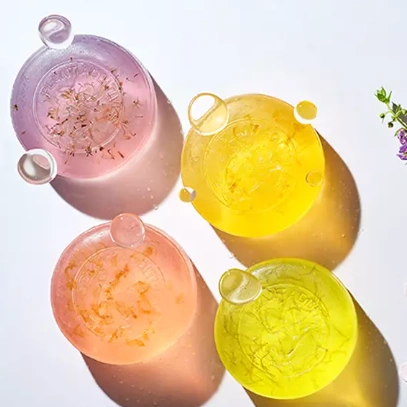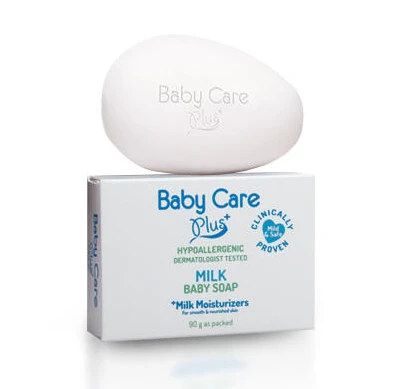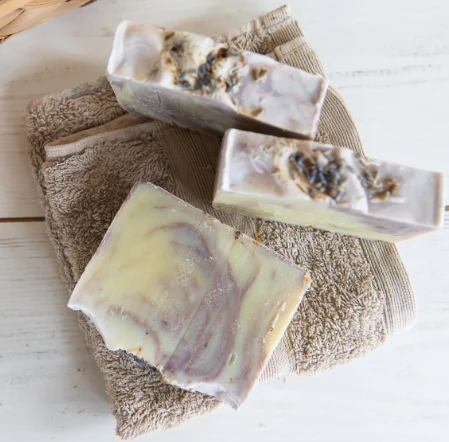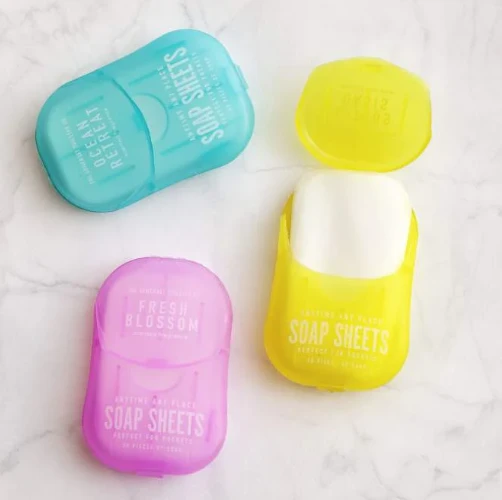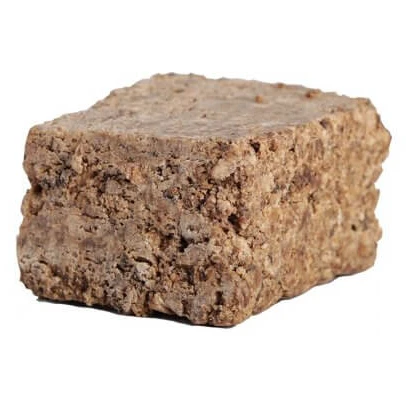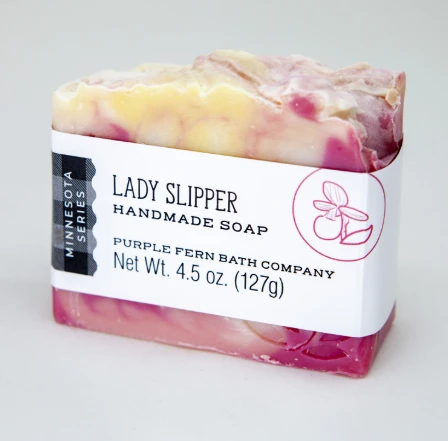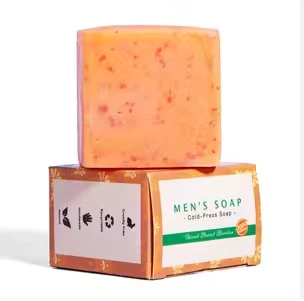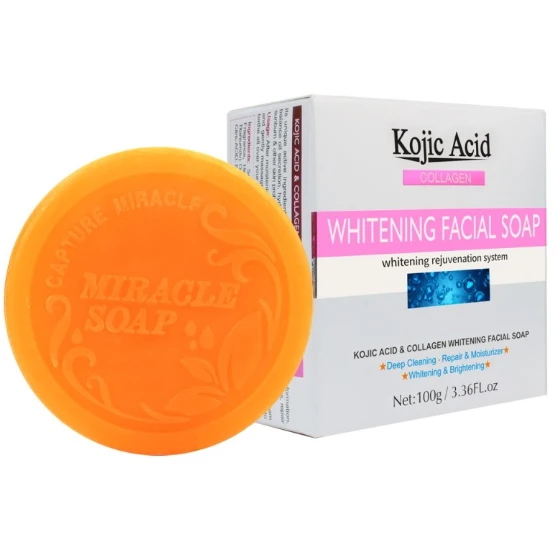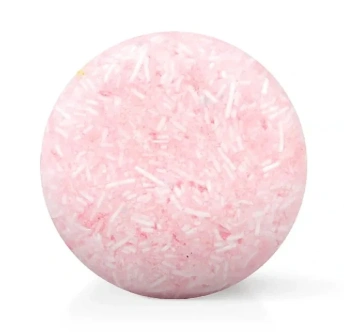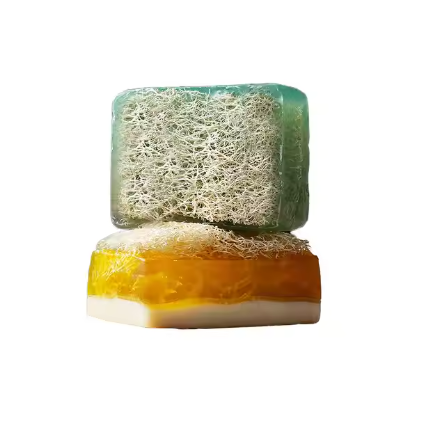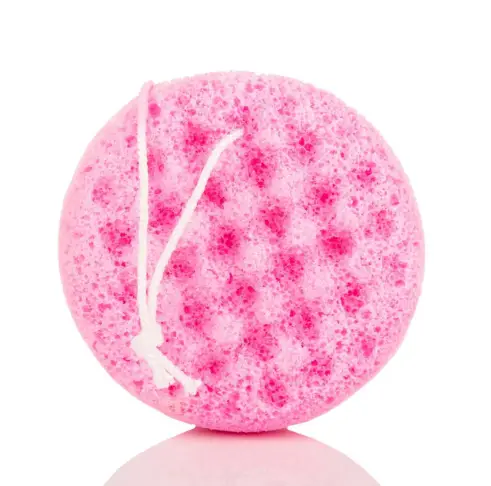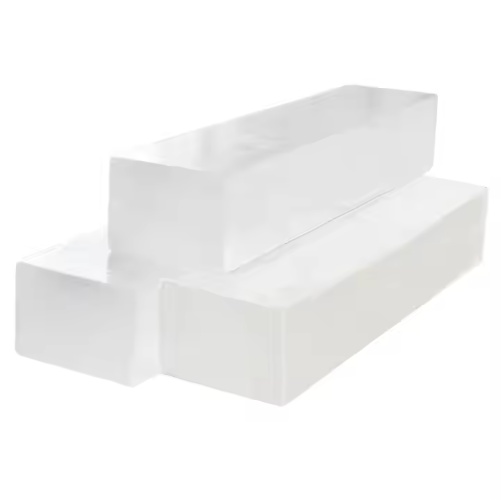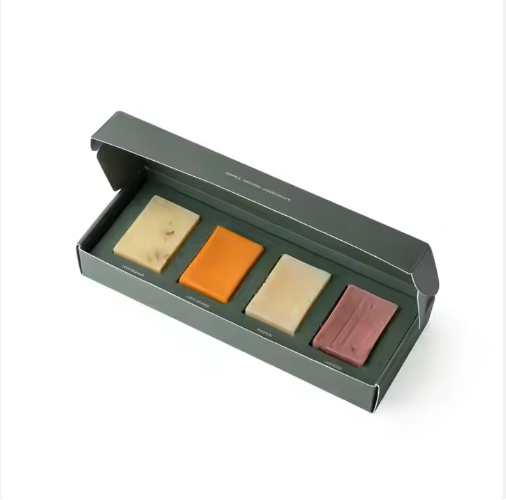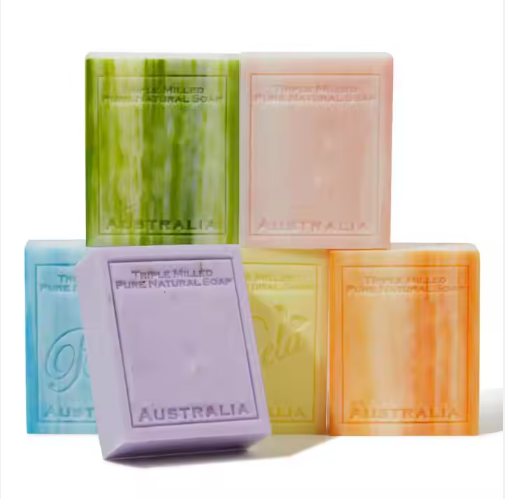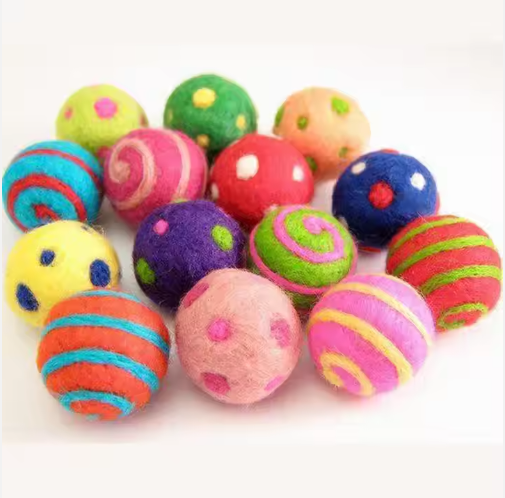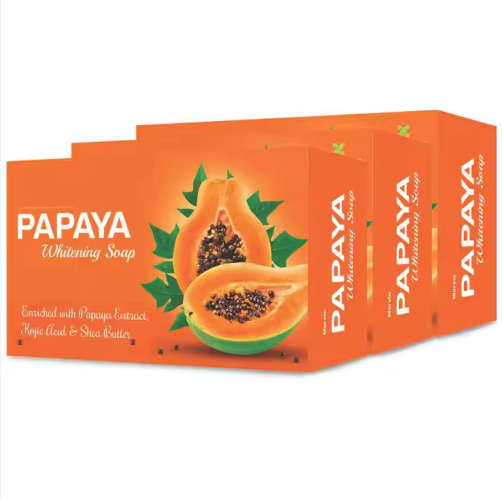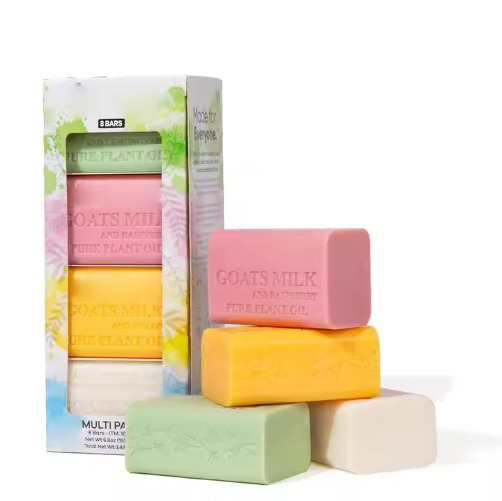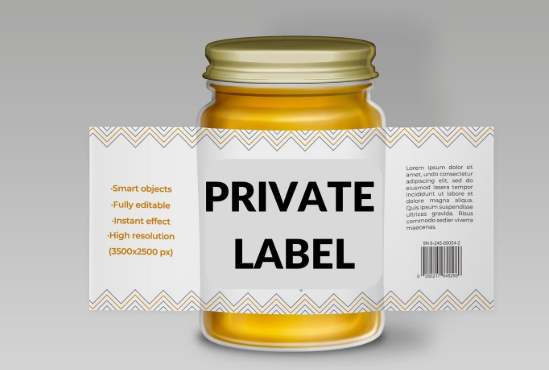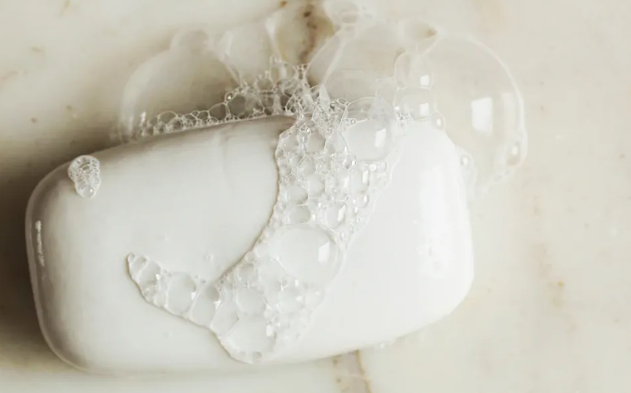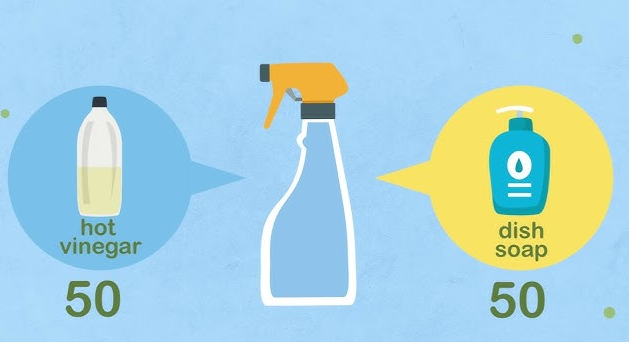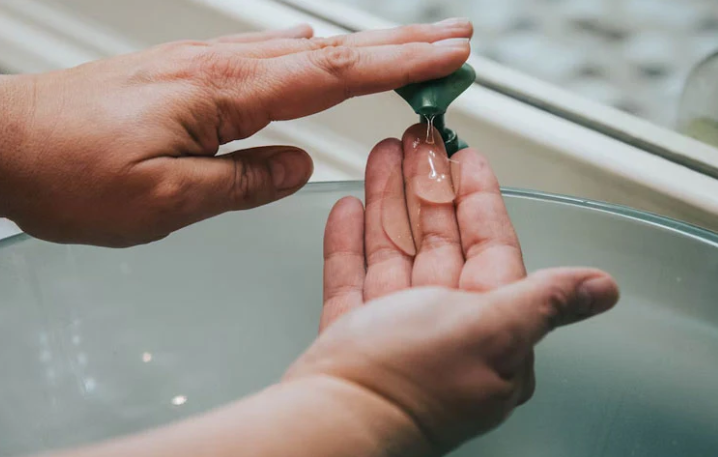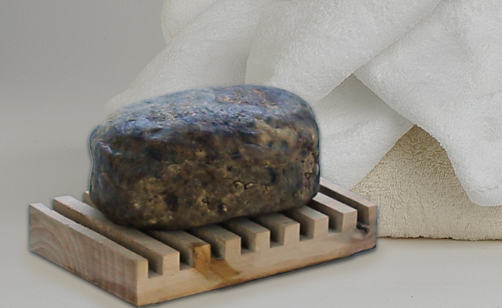Is soap an acid or base and How Does It Work?
What is soap?
In chemistry, soap is a salt of a fatty acid. Soaps are mainly used for washing, bathing, and cleaning. Soaps for cleansing are obtained by treating vegetable or animal oils and fats with a strongly alkaline solution. Fats and oils are composed of triglycerides; three molecules of fatty acids are attached to a single molecule of glycerol. The alkaline solution, which is often called lye (although the term "lye soap" refers almost exclusively to soaps made with sodium hydroxide), brings about a chemical reaction known as saponification. In this reaction, the triglyceride fats are first hydrolyzed into free fatty acids, and then these combine with the alkali to form crude soap, an amalgam of various soap salts, excess fat or alkali, water, and liberated glycerol (glycerin). The glycerin is a useful by-product, which can be left in the soap product as a softening agent, or isolated for other uses.
How Does Soap Work?
Soap is an excellent cleanser because of its ability to act as an emulsifying agent. An emulsifier is capable of dispersing one liquid into another immiscible liquid. This means that while oil (which attracts dirt) doesn't naturally mix with water, soap can suspend oil/dirt in such a way that it can be removed.
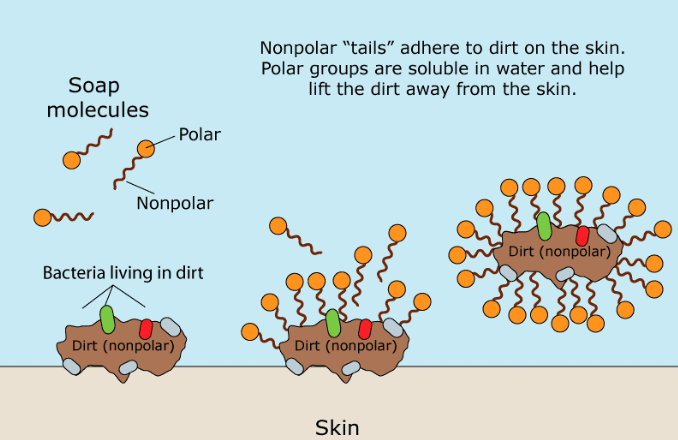
The organic part of Natural Soap is a negatively-charged, polar molecule. Its hydrophilic (water-loving) carboxylate group (-CO2) interacts with water molecules via ion-dipole interactions and hydrogen bonding. The hydrophobic (water-fearing) part of a soap molecule, its long, nonpolar hydrocarbon chain, does not interact with water molecules. The hydrocarbon chains are attracted to each other by dispersion forces and cluster together, forming structures called micelles. In these micelles, the carboxylate groups form a negatively-charged spherical surface, with the hydrocarbon chains inside the sphere. Because they are negatively charged, soap micelles repel each other and remain dispersed in water.
Grease and oil are nonpolar and insoluble in water. When soap and soiling oils are mixed, the nonpolar hydrocarbon portion of the micelles break up the nonpolar oil molecules. A different type of micelle then forms, with nonpolar soiling molecules in the center. Thus, grease and oil and the 'dirt' attached to them are caught inside the micelle and can be rinsed away.
Is Soap an Acid or Base?
Soap is not completely an acid or a base, it is a basic salt. It is a combination of weak acid and strong base. When an acid and base are combined in a certain amount, they make salt and water. And when the salt has a stronger base in its combination, it shows basic nature.
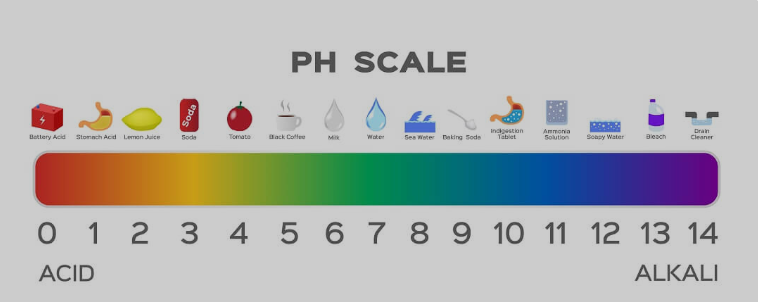
Is Soap a Strong or Weak Acid/Base?
Soap has a weak basic nature. Though strong bases are used while making soaps, the weak acids used in the reaction neutralize the effects to an extent. When you use a pH strip to measure, most soaps show a pH of 9-10. While strong bases are from 12-14 on pH scale.


